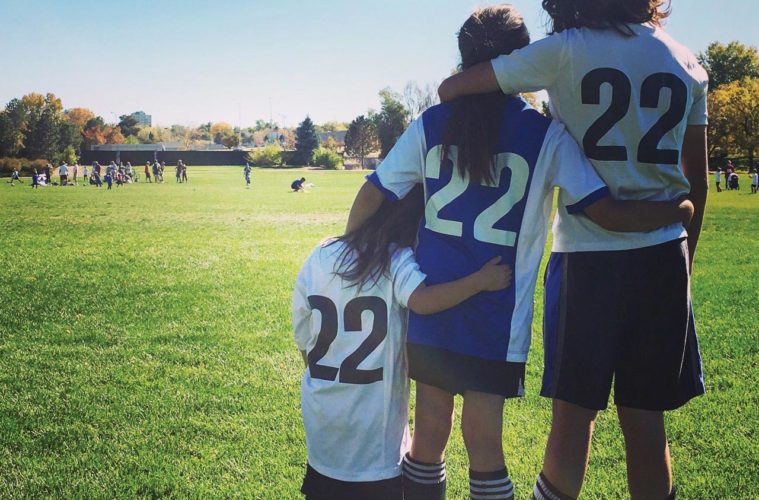Spring sports are right around the corner. Potentially your kids have been staying active throughout the winter, however, here are a few pointers to keeping them safe and healthy as they begin to train, practice and compete this spring.
Is your child physically prepared for sport?
As kids age, each sports season presents a new challenge. As their postures change, foot size, height and weight change, kids can find new obstacles in sports that were previously easy or they may find advantages in sports that were previously difficult. Additionally, if your child is going into a new sports season with an illness or injury it is best to get that addressed before the first practice. Old sprains or new injuries from winter sports should be completely healed, otherwise it could put the entire season in jeopardy. Seeking care from pediatric sports chiropractor may be the best choice for injuries, musculoskeletal issues or questions.
Proper Training & Skill Level
The best way to prevent injury in youth sports is proper training. Does your child’s sport over or undertrain relative to their age or output? Some children are ready for 3+ practices per week, but some younger children may not be. Resist the pressure to put your child in ‘competitive’ leagues too early if they are not ready for them. Sports need to be fun first! We see a lot of kids getting burned out on sports before they are 10 years old because they are physically and emotionally stressed. On the flip side, some younger kids need more stimulus and enjoy multiple practices. Does your child spend every spare minute after school and on weekends playing his/her sports in the backyard? Do they talk about it non-stop, read books and research their sport? They are most likely ready for more training. On the other hand, does your child only play because their friends play? Do they lose track of their cleats or uniform easily? Do they spend free-time doing anything but their sport? This child might be better suited to a recreational league.
Multiple Sports
Yes! Your children should play multiple sports. If their age and stamina allow, they may even play a few at the same time. A great rule of thumb for multi-sport athletes is to play sports that exploit different skill sets. This will expand your child’s interests as well as protecting their developing body from repetitive injuries. Examples of sports may be too similar to be played by the same child: hockey/lacrosse, dance/gymnastics, golf/tennis, etc. If your child is interested in specializing, try adding a sport that increases overall conditioning such as soccer, swimming or cross country. Also, think about balance in terms of opting for both team sports and individual sports. There is a lot of data that athletes who play multiple sports become much more well rounded and are better at all of their sports than those who specialize too soon.
Rest When Needed
Kids need sports and kids need rest. Understand when your child has been pushed too hard. If they are tired, run-down or have a cold, let them rest. If they are mentally fatigued or their school work is suffering, give them a break to catch up. Making practices prior to games is an important and fundamental part of team-play, so beware, I don’t recommend routinely skipping practice to rest and showing up for the game.
Concussion
Much research, education and discussion about concussion has been surfacing over the last few years. Concussion is a real and serious injury to the brain that occurs due to head trauma. Helmets offer protection to catastrophic injury (skull fracture, bleeding), but helmets do not offer full protection for brain injury. If your child sustains a blow to the head during practice or competition they should be evaluated by a sports chiropractor or other expert within a few days. Concerning symptoms include headache, vomiting and loss of consciousness. Other more insidious symptoms include fatigue, lack of concentration, poor balance or agility, visual disturbance. It is very important that even minor concussions are recognized quickly and rested and treated appropriately. Second impact syndrome is a life-threatening and serious consequence of suffering two concussions within a short time frame.
Nutrition
Eating specific nutrients around sport is a great habit to get into. Food is what fuels our output. Give your child better energy stores and they will have better outcomes on the field. Keeping it simple it looks like this:
• Eat Carbs and protein before and after sport – carbs and glucose are best for high intensity exercise. – eggs & oatmeal or a sandwich & turkey
• Eat Fat and protein away from sport – fat stores are used slowly and constantly – avocado, nuts, seeds
• Eat veggies at every sitting throughout the day
• During Event – healthy glucose in the way of apples, oranges or bananas, graham crackers or granola bars
Ask our docs what is right for you. Email us at frontdesk@washparkchiro.com and Kelsey will point you in the right direction.

